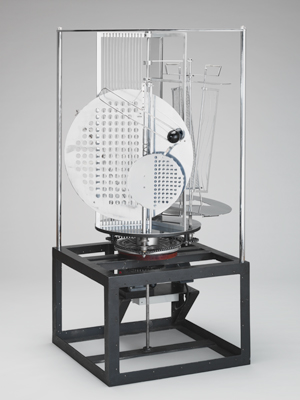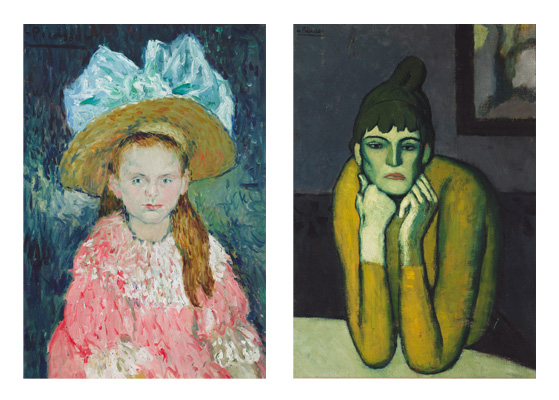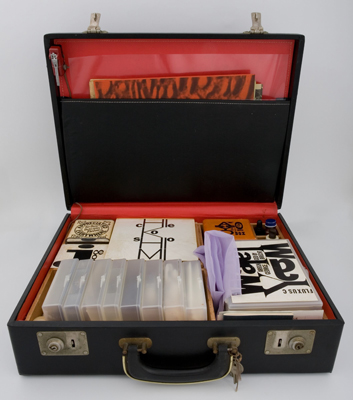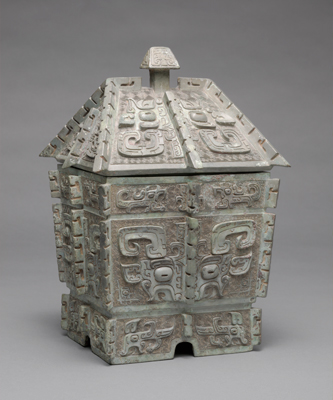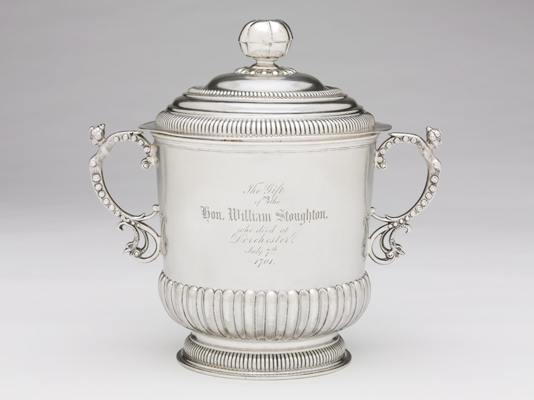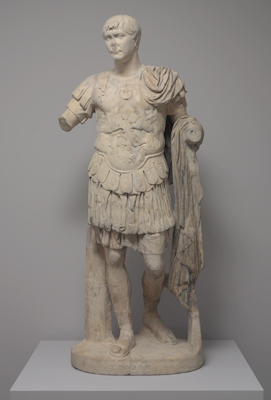László Moholy-Nagy’s 1930 Light Prop for an Electric Stage (Light-Space Modulator) holds a central place in the Busch-Reisinger Museum’s Bauhaus gallery. With its asymmetrical, mixed-media construction, the kinetic sculpture interests plenty of curious visitors, who can appreciate its modernist aesthetics through close, sustained looking. The object, when in motion, was designed to generate novel visual experiences through its manipulation of light.
But for those who want an even deeper understanding, there’s now a wealth of additional information about the work on the museums’ redesigned website. The Light Prop is the focus of one “stop” on the publicly accessible Hotspots digital tour. The tour features six stops, highlighting objects on view that represent a diverse range of periods, styles, influences, and subjects. It joins the Art + Science and the Driving Concepts digital tours in offering in-depth experiences that can’t be matched by gallery text alone. Multimedia assets such as video, photographs, and audio enhance the tours, which live on the museums’ website.
The stop at the Light Prop, for instance, considers Moholy-Nagy’s influential role at the Bauhaus, where he taught from 1923 to 1928, as well as the importance of light as an artistic medium in his work. Since the sculpture only occasionally can be set in motion, there’s also a video that shows the Light Prop in operation in the gallery, which “helps the visitor to better appreciate this key aspect of the work,” said Laura Muir, research curator for academic and public programs, who wrote and developed the Light Prop section of the tour.
Another Hotspot, focused on the Stoughton Cup (1701), sheds light on both the museums’ collections and Harvard’s history. Ethan Lasser, the Margaret S. Winthrop Associate Curator of American Art, and student Andrew Gelfand ’15 produced the text and selected photographs and archival images for the Hotspot, which tells the story of how this ceremonial silver object was made, as well as its uses over time; the cup is still used when a new university president is installed. A short video showing Gelfand and Lasser handling the cup gives viewers a better sense of its size and physicality.
The wealth of material covered in the Hotspots is just the tip of the iceberg. By giving visitors a chance to look more closely at a few special objects in the museums, the digital tours are sure to inspire curiosity about and connections to an even wider array of works in the future.
